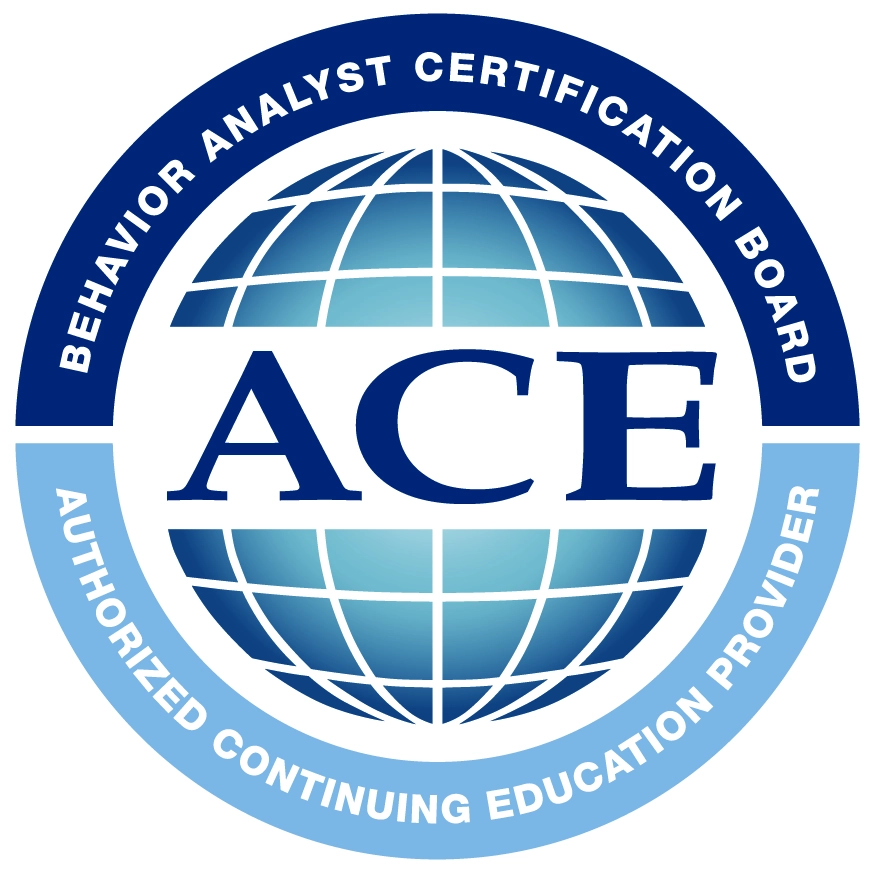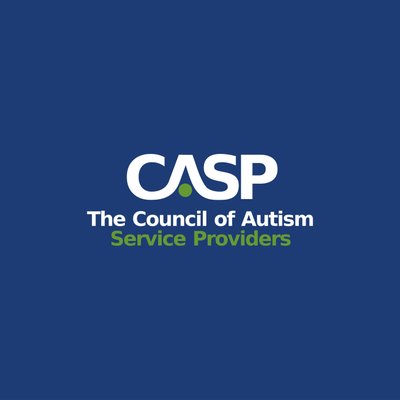If you’re a parent exploring ABA therapy, you may be wondering how to track your child’s growth effectively. That’s where the VB-MAPP assessment comes in. This tool doesn’t just give you numbers, it paints a vivid picture of your child’s abilities, strengths, and areas needing support. Have you ever wondered what milestones your child is actually achieving in therapy? Or how does a therapist know which goals to set next? The VB-MAPP provides clear answers. Designed for children with autism and other developmental delays, it bridges observation, assessment, and individualized learning plans. By using it, professionals in ABA therapy can ensure progress is measurable, targeted, and meaningful.
Autism Developmental Milestones

Understanding autism developmental milestones is crucial for tailoring effective interventions. The VB-MAPP breaks these milestones into three levels based on age and skill acquisition:
| Level | Age Range | Key Skills Assessed |
| 1 | 0–18 months | Requesting (mand), labeling (tact), imitation, listener responding, social interaction, early play |
| 2 | 18–30 months | Classroom routines, intraverbal conversation skills, group skills, expanded listener responding, complex play |
| 3 | 30–48 months | Reading, writing, mathematics, advanced language, social independence |
Each level captures the behavioral milestones ABA professionals track, such as motor imitation, social reciprocity, and vocal behavior. By observing these milestones, therapists can identify areas needing reinforcement and design learning experiences that feel natural and motivating for the child.
Studies show that children who receive targeted interventions based on developmental milestones often achieve faster skill acquisition. For instance, a 2020 study in the Journal of Autism and Developmental Disorders found that structured milestone tracking using VB-MAPP significantly improved communication and social skills over a six-month period.
VB-MAPP Scoring
VB-MAPP scoring allows therapists to transform observations into actionable insights. Each skill is scored on a scale of 0, 0.5, or 1:
- 0 – Skill not observed
- 0.5 – Partial demonstration or assistance needed
- 1 – Skillfully and independently demonstrated
These scores are plotted on a master scoring form, which resembles a bar graph. This visual representation helps both therapists and parents see trends and growth over time.
Why scoring matters:
- Tracks ABA goals examples for each child
- Pinpoints learning gaps
- Guidelines for individualized intervention programs
- Provides clear evidence of progress during follow-ups every 4–6 months
Research confirms that consistent scoring and periodic assessment improve intervention planning. For example, a study in Analytical Verbal Behavior (2014) demonstrated that training professionals in VB-MAPP scoring significantly increased the accuracy and consistency of milestone assessments.
ABA Therapy in New Jersey and ABA Therapy in Georgia: What to Look For
When seeking ABA therapy in New Jersey or ABA therapy in Georgia, understanding how the VB-MAPP is used can guide your choice of clinic. Key indicators of quality programs include:
- Certified BCBAs administering assessments
- Individualized programs based on VB-MAPP assessment results
- Regular updates on skill progress and achievement of ABA goals examples
- Inclusion of parents in goal-setting and progress discussions
Therapists use VB-MAPP results to tailor lesson plans for each child. For example, if a child excels at requesting items but struggles with social greetings, intervention focuses on social imitation and conversational skills while reinforcing existing strengths.
Skills Tracking
Tracking skills is where VB-MAPP truly shines. It isn’t enough to complete a session and hope progress occurs. Using VB-MAPP, therapists track skills tracking across multiple domains:
- Language Skills – Receptive and expressive language, intraverbals, echoics
- Social Skills – Play, joint attention, peer interactions
- Learning Skills – Imitation, visual-perceptual matching, problem-solving
- Behavioral Skills – Reducing barriers such as prompt dependency or self-stimulation
This structured tracking ensures that no skill is overlooked. Over time, a child’s development can be visualized in a skills chart:
| Skill Area | Start Score | Current Score | Progress Notes |
| Manding (requests) | 0.5 | 1 | Consistently requests items spontaneously |
| Tacting (labeling) | 0 | 0.5 | Labels familiar items with assistance |
| Social Play | 0 | 0.5 | Engages in group play for 5 minutes |
| Listener Responding | 0 | 1 | Follows 2-step directions independently |
With clear, visualized progress, therapists can adjust lessons, maintain motivation, and celebrate successes, ensuring therapy remains both effective and engaging.
Benefits of VB-MAPP in ABA Therapy
Why choose VB-MAPP as part of your child’s ABA program? Let’s break it down:
- Data-Driven Decisions: Each session informs the next, so intervention is always targeted.
- Individualized Planning: Therapy is designed around a child’s strengths, weaknesses, and interests.
- Goal Clarity: Therapists can define precise ABA goals examples, making milestones achievable and measurable.
- Progress Motivation: Children, parents, and therapists see tangible results.
- Comprehensive Overview: Measures language, learning, and social skills across multiple domains.
- Evidence-Based: Grounded in ABA principles and behavioral research.
- Parent-Friendly: Provides understandable insights to track achievements.
For instance, a child assessed with VB-MAPP may start with requesting items independently (manding) as a primary target. Over time, skills expand into social interactions and early academic tasks, demonstrating measurable growth.
How VB-MAPP Guides Personalized ABA Therapy
The VB-MAPP does more than track progress—it actively shapes individualized ABA programs to meet each child’s unique needs. Key ways it supports therapy include:
- Milestone-Based Task Analyses: Each VB-MAPP milestone informs the breakdown of complex skills into teachable steps, making learning more manageable and structured.
- Targeted Skill Development: Therapy can focus on areas of need while leveraging strengths. For example, a child with strong imitation but weak vocal skills can work on echoic exercises and social engagement.
- IEP and Real-World Goal Alignment: Milestones connect directly to Individualized Education Program goals, ensuring therapy supports functional skills used in daily life.
- Transition Planning: VB-MAPP benchmarks help assess readiness for school or more structured programs, guiding adjustments to therapy for smooth transitions.
- Social and Classroom Readiness: Insights from the VB-MAPP inform skills like group participation, following routines, and social independence, ensuring children thrive in broader educational settings.
Case Example
Consider a 3-year-old in ABA therapy in Indiana. The initial VB-MAPP assessment shows strong imitation and manding skills but limited spontaneous conversation. The therapist uses skills tracking to introduce interactive play, structured labeling exercises, and short group activities. After three months, reassessment reveals improved intraverbal responses and social engagement, confirming the effectiveness of targeted ABA interventions.
How Professionals Use VB-MAPP

BCBAs (Board Certified Behavior Analysts) use the VB-MAPP in a multi-step process:
- Assessment – Observe and interact with the child using milestones and barriers assessments.
- Analysis – Convert observations into VB-MAPP scoring, identifying strengths and gaps.
- Planning – Develop ABA goals examples tailored to the child’s developmental level.
- Implementation – Conduct therapy sessions targeting specific skills, integrating reinforcement and play.
- Monitoring – Track skill acquisition and adjust interventions as needed.
Evidence supports this structured approach. A 2014 study found that after training professionals in VB-MAPP administration, accuracy and consistency in milestone scoring improved immediately, leading to better-targeted interventions.
Practical Tips for Parents
While professionals handle assessment and therapy, parents can:
- Observe and celebrate small wins at home
- Encourage natural language use during daily routines
- Reinforce skills targeted in ABA therapy sessions
- Ask therapists to explain VB-MAPP ABA progress and scores.
These strategies help bridge therapy and everyday life, making learning seamless and enjoyable.
Integrating VB-MAPP with Other ABA Tools
VB-MAPP works alongside other ABA assessment tools such as
- ABLLS-R (Assessment of Basic Language and Learning Skills – Revised)
- PEAK (Promoting the Emergence of Advanced Knowledge)
- AFLS (Assessment of Functional Living Skills)
However, VB-MAPP’s strength lies in its developmental sequencing, skill tracking, and focus on both verbal and non-verbal milestones. Therapists can combine these tools to ensure a well-rounded approach to skill acquisition.
FAQ: VB-MAPP and ABA Therapy
1. Can VB-MAPP be used for older children with autism?
Yes. While it’s designed for ages 0–48 months, VB-MAPP can assess language and learning delays in older children, guiding individualized interventions.
2. How frequently should VB-MAPP be repeated?
Most professionals recommend every 4–6 months. Rapid skill acquisition may require more frequent assessments to keep therapy goals updated.
3. Does VB-MAPP replace other assessments?
No. It complements tools like ABLLS-R or PEAK, providing a developmental lens to measure milestones and barriers alongside broader ABA evaluations.
4. How do I understand VB-MAPP scoring as a parent?
Ask the therapist to show you the scoring graph. Each score represents mastery, partial mastery, or absence of a skill. Visual charts make progress easy to see.
5. Can VB-MAPP help with school placement decisions?
Absolutely. The transition assessment identifies readiness for less restrictive environments, helping educators design classroom placements that match a child’s abilities.
Guiding Your Child’s Growth with Targeted ABA Strategies

The VB-MAPP is more than just an assessment, it’s a roadmap for meaningful progress. At Golden Care, this tool helps identify autism developmental milestones, ensuring children receive interventions tailored to their unique needs. Whether you’re considering ABA therapy in New Jersey, Aba therapy in New York, or services in Florida, VB-MAPP scoring allows Golden Care therapists to track skills over time, celebrate achievements, and adjust goals as children develop. By breaking down complex skills into teachable steps, it supports personalized ABA therapy that fosters confidence, independence, and joy. Tracking progress, addressing barriers, and celebrating milestones turns learning into an engaging and rewarding journey for each child. Ready to explore how VB-MAPP can guide your child’s ABA therapy path? Reach out to us today and discover a structured, supportive, and uplifting approach to helping your child thrive.



